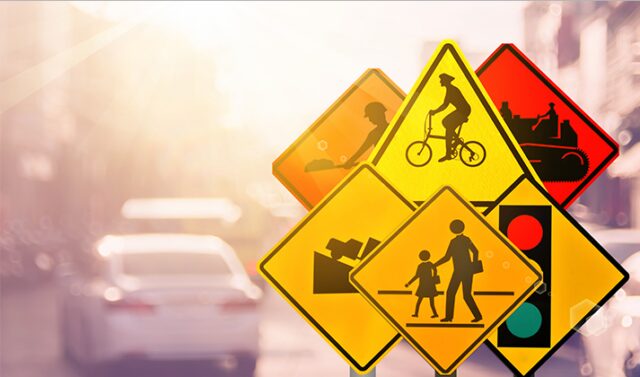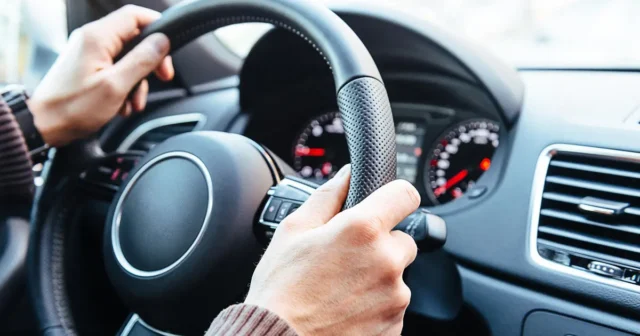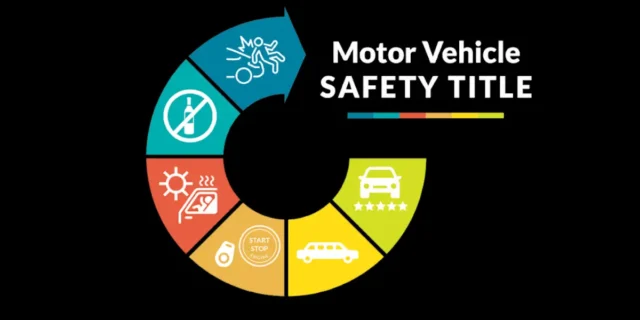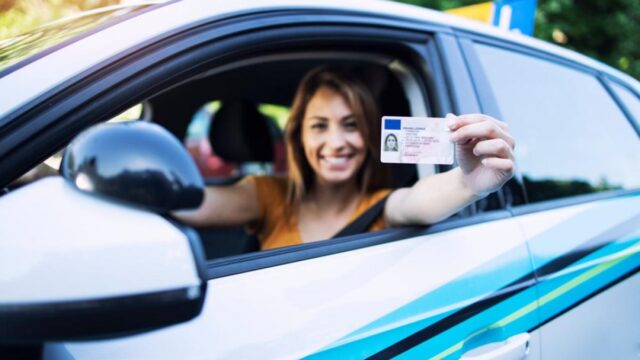
In driver’s ed, you learn the basics of driving and the rules and regulations of the road. In most states, driver’s ed is a requirement before anyone gets a driver’s license, so it has been made accessible to everyone who needs a driving license. Here are some things you can expect to learn in online drivers ed:
Traffic and Driving Laws

Traffic and driving laws guide drivers on the road, which can keep everyone safe and allow traffic to flow smoothly. Your driving instructor can teach you which side of the road you should drive on and when to overtake cars. You will also learn what different traffic signs and road markings mean.
There are rules for driving on roads with several lanes. The left lane is only for passing other cars, while the middle or right lanes are for maintaining speed. The far right lane is for slower traffic. Your instructor may teach you these rules on a highway model so that you can understand how they work in real life.
You may also learn the rules of driving on a roundabout, such as:
- No overtaking on a roundabout
- Which lanes to use for exits
- Which lanes to use when entering a roundabout from a highway
Safe Driving Techniques

While on the road, factors like the weather and other drivers can affect how you drive. These factors are out of your control, so your instructor may teach you how to defend yourself on the road. You may learn how to spot aggressive drivers and recognize other safety hazards on the road.
Other safe driving techniques you may learn in drivers ed include the following:
- The dangers of texting and driving
- Speed limit rules
- Minimizing distractions while driving
- The distance to maintain with the car in front of you on the road
You may also learn how to handle your vehicle in an emergency, such as a blown-out tire. You may learn safe driving techniques via a simulation in online drivers ed.
Technical Driving Skills

During your first lesson, you may learn how to prepare to drive. Your instructor can help you familiarize yourself with your vehicle’s controls, such as turn signals, adjusting your side mirror, and locking passenger doors. You can master every pedal and gear, when to use them while driving, and how to safely start and stop your car.
After learning the basics, your instructor can teach you how to position your vehicle on the road. You may learn how to stay in your lane while driving, change lanes, and merge into a single-lane road from a highway. How to overtake safely and maintain a safe distance from other cars are other things your instructor may teach you.
Motor Vehicle Safety

Before going on the road, you should know how to use all your vehicle’s safety features. Your driving instructor can teach you to always strap your seatbelt before driving. Other safety features you may familiarize yourself with during your driving lessons include:
- Child restraint systems
- Airbags
- Antilock brakes (ABS)
- Headlights and vision features
- Automatic emergency braking
- Traction control
Visual Awareness While Driving

Before getting onto the road, conduct a thorough visual scan to check for possible hazards and assess traffic flow and road conditions. Your driving instructor may teach you to scan all directions of the road before starting your car. You may learn how to assess the distance between your car and other vehicles when on the road and what to do when there is an obstruction.
Focusing on the road can help maintain visual awareness. Your instructor may emphasize the need to always remain focused while driving. With practice, you can learn to always be aware of your environment while on the road.
Licensing Requirements and Procedures

In order to legally operate a vehicle, one must obtain a driver’s license. The requirements and procedures for obtaining a driver’s license vary by jurisdiction, but there are some common elements that are typically required.
Firstly, a minimum age requirement must be met. In most jurisdictions, individuals must be at least 16 years old to apply for a driver’s license. However, there are some jurisdictions that have a minimum age requirement of 18.
Secondly, there are usually requirements for completing a certain number of hours of driver education and training. This may include classroom instruction, behind-the-wheel training, and supervised driving hours with a licensed driver.
Thirdly, there are typically written and driving tests that must be passed in order to obtain a driver’s license. The written test usually covers knowledge of traffic laws and regulations, road signs, and safe driving practices. The driving test involves demonstrating the ability to operate a vehicle safely and correctly in various traffic situations.
In addition to these requirements, there may also be specific vision and health requirements that must be met in order to obtain a driver’s license.
Once the requirements have been met, the applicant can typically apply for a driver’s license at a local Department of Motor Vehicles (DMV) or similar government agency. The application process usually involves filling out forms, providing documentation such as proof of identity and residency, and paying a fee.
It is important to note that the specific requirements and procedures for obtaining a driver’s license can vary widely depending on the jurisdiction. It is therefore recommended to check with the local DMV or similar agency to get accurate information about the licensing requirements and procedures in a particular area.
Develop Your Driving Skills with Online Drivers Ed

Life can get busy and keep you from attending physical drivers ed classes. Most driving schools offer online drivers ed classes, so you can keep learning when you can’t attend classes at a certain location. Online drivers ed curriculums are tailored to help you develop your driving skills through visual interactive learning options like videos, images, and animations. No matter where you are, you can start learning the skills you need to become a safe driver today.









